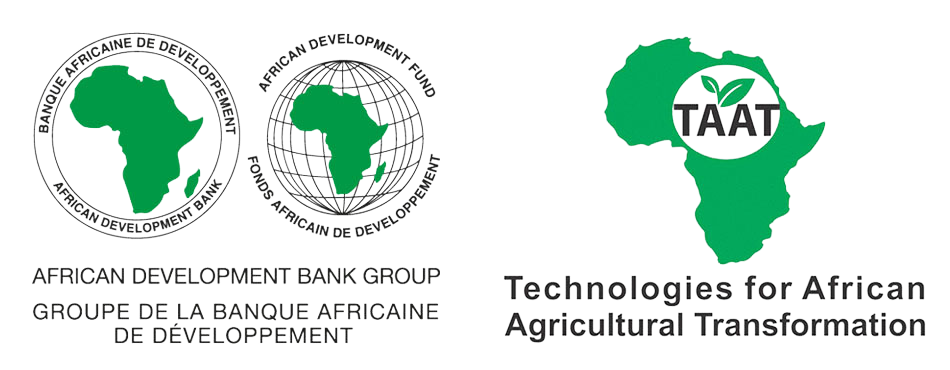


Aflatoxin-safe fields and crops for safer food in Africa
Aflasafe® is a biocontrol technology for aflatoxins management that uses harmless types of the fungus Aspergilus flavus which do not and cannot produce the toxins. The atoxigenic fungi are coated onto ordinary sorghum grain for transferring these innovative biocontrol agents to farmers’ fields. A blue food coloring dye is added to distinguish Aflasafe ® from other sorghum for food or feed use.
This technology is TAAT1 validated.
Recommended dosage application
Recommended dosage application
Trademark
For Manufacturers:
Aflasafe, a biocontrol product for aflatoxin, is manufactured at scale to ensure profitability and affordability for smallholder farmers. This product enhances crop quality, enables farmers to access premium markets, and increases food safety.
We have granted exclusive manufacturing and distribution licenses in Nigeria, Senegal, Kenya, Tanzania, and Mozambique, and distribution licenses in Burkina Faso, Mali, Ghana, and The Gambia. There are numerous business opportunities across Africa.
To obtain a license, the following conditions must be met:
Product Development: Complete product development, testing, and registration in the target country or obtain government approval for a product registered in a neighboring country.
Commercialization Strategy: Develop a strategy specific to the country context, including a situation analysis to identify potential sectors for biocontrol adoption, market demand, market size projections, manufacturing plant capacity, cost of construction, sales growth projection, and the viability of constructing a factory versus importing the product.
Investor Forum: Present the strategy at an investor forum, evaluate expressions of interest, shortlist potential investors, and evaluate submitted business plans. The selected investor is granted Aflasafe manufacturing and/or distribution rights through a Technology Transfer and Licensing Agreement (TTLA) with IITA.
Business Plan Implementation: Implement the business plan with technical support from IITA during the start-up and initial stages of scale-up execution.
Process Refinement: Refine and adapt the process in countries where commercial efforts are underway or about to start, using a learning and adapting approach.
Our potential customers include wholesale distributors of bioprotectants, farmer groups working with aflatoxin-conscious companies, development projects, government agencies, and NGOs.
The cost structure involves a USD 1.2 million investment for the purchase and installation of equipment and construction of a 10-ton per day Aflasafe® production plant. Raw material costs and labor expenses are location-dependent and need to be included in your business plan.
For Resellers:
To successfully commercialize and distribute Aflasafe, a deep understanding of the agricultural situation in the target country is required. This includes having well-established contacts, a country-wide distribution network, extensive reach in the farming community, excellent relationships with different government sectors, and a commitment to promoting a technology that addresses a significant problem impacting health, trade, and income.
Sourcing Aflasafe in bulk, identifying efficient transportation methods, and exploring suitable storage facilities are key to navigating this market. Furthermore, establishing strong partnerships with Aflasafe equipment manufacturers and transportation providers is crucial.
We have granted distribution licenses to partners in Burkina Faso, Mali, Ghana, and The Gambia, and there are numerous distribution opportunities across Africa.
Selling Aflasafe not only provides a valuable product but also fosters closer engagement with users. Your potential customer base includes small local retailers, development projects, producers, and producer cooperatives or associations.
For Users:
The utilization of Aflasafe increases the chances of producing higher quality crops meeting standards, with little to no aflatoxin, all at an affordable cost.
As key partners you need sellers of Aflasafe.
The cost structure, one Kg price of Aflasafe, is set at USD 1.2-2 USD. The recommended dose is 10 kg per hectare. You need to estimate the profit realized with the use of the product.
Adults 18 and over: Positive high
They benefit economically from the increased yield and market access facilitated by Aflasafe.
The poor: Positive medium
By helping increase yields and access to higher-value markets and ensuring that crops meet the necessary quality standards.
Under 18: Positive high
By helping ensure safer food, lowering the risk of stunting, liver damage, and other health issues related to aflatoxin exposure.
Women: Positive high
By enhancing the role of women in agriculture, providing them with greater economic opportunities and improving family well-being.
Climate adaptability: Highly adaptable
By improving crop quality and reducing losses, Aflasafe contributes to food security in regions facing changing climate conditions.
Farmer climate change readiness: Significant improvement
By improving crop quality and reducing aflatoxin contamination, Aflasafe helps farmers improve productivity even in suboptimal conditions.
Biodiversity: Positive impact on biodiversity
By reducing pesticide use, Aflasafe supports a healthier agroecosystem, promoting biodiversity in agricultural landscapes.
Environmental health: Greatly improves environmental health
Soil quality: Improves soil health and fertility
By reducing the need for chemical inputs, which can degrade soil quality over time.
Scaling Readiness describes how complete a technology’s development is and its ability to be scaled. It produces a score that measures a technology’s readiness along two axes: the level of maturity of the idea itself, and the level to which the technology has been used so far.
Each axis goes from 0 to 9 where 9 is the “ready-to-scale” status. For each technology profile in the e-catalogs we have documented the scaling readiness status from evidence given by the technology providers. The e-catalogs only showcase technologies for which the scaling readiness score is at least 8 for maturity of the idea and 7 for the level of use.
The graph below represents visually the scaling readiness status for this technology, you can see the label of each level by hovering your mouse cursor on the number.
Read more about scaling readiness ›
Uncontrolled environment: tested
Common use by intended users, in the real world
| Maturity of the idea | Level of use | |||||||||
| 9 | ||||||||||
| 8 | ||||||||||
| 7 | ||||||||||
| 6 | ||||||||||
| 5 | ||||||||||
| 4 | ||||||||||
| 3 | ||||||||||
| 2 | ||||||||||
| 1 | ||||||||||
| 1 | 2 | 3 | 4 | 5 | 6 | 7 | 8 | 9 | ||
| Country | Testing ongoing | Tested | Adopted |
|---|---|---|---|
| Burkina Faso | –No ongoing testing | Tested | Adopted |
| Burundi | –No ongoing testing | Tested | –Not adopted |
| Democratic Republic of the Congo | –No ongoing testing | Tested | –Not adopted |
| Gambia | –No ongoing testing | Tested | Adopted |
| Ghana | –No ongoing testing | Tested | Adopted |
| Kenya | –No ongoing testing | Tested | Adopted |
| Malawi | –No ongoing testing | Tested | Adopted |
| Mali | –No ongoing testing | Tested | Adopted |
| Mozambique | –No ongoing testing | Tested | Adopted |
| Niger | –No ongoing testing | Tested | –Not adopted |
| Nigeria | –No ongoing testing | Tested | Adopted |
| Rwanda | –No ongoing testing | Tested | –Not adopted |
| Senegal | –No ongoing testing | Tested | Adopted |
| Sudan | –No ongoing testing | Tested | –Not adopted |
| Tanzania | –No ongoing testing | Tested | Adopted |
| Togo | –No ongoing testing | Tested | –Not adopted |
| Uganda | –No ongoing testing | Tested | –Not adopted |
| Zambia | –No ongoing testing | Tested | –Not adopted |
This technology can be used in the colored agro-ecological zones. Any zones shown in white are not suitable for this technology.
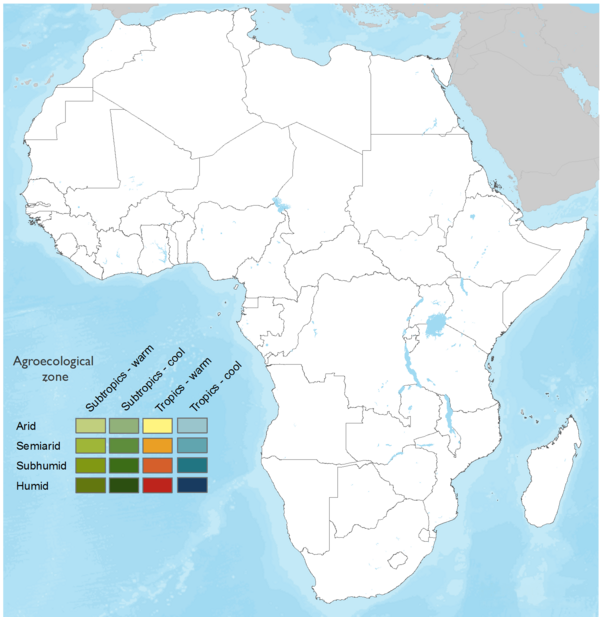
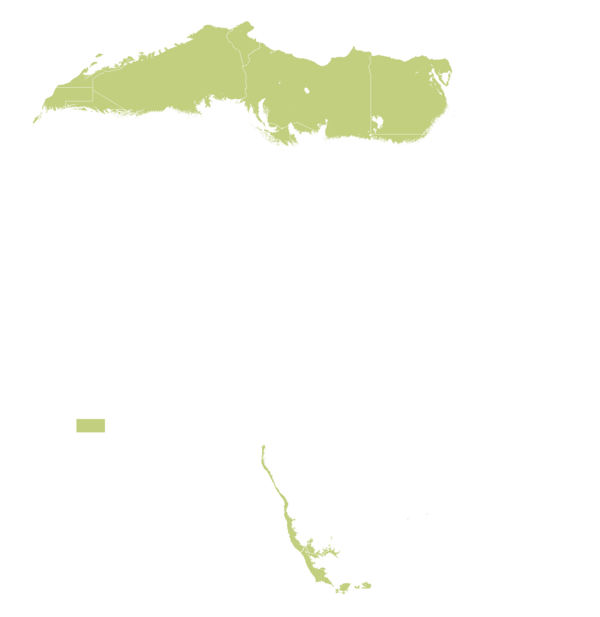

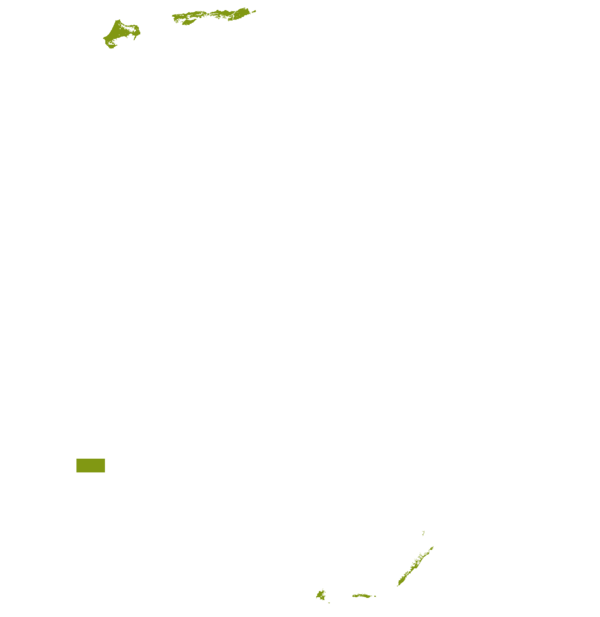
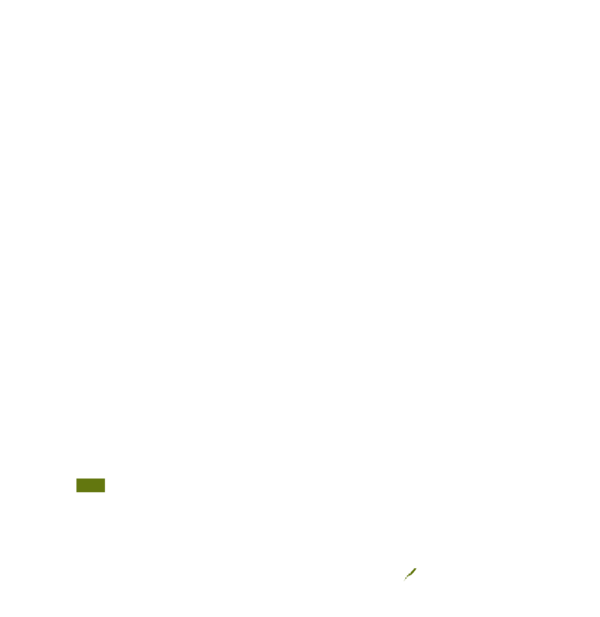

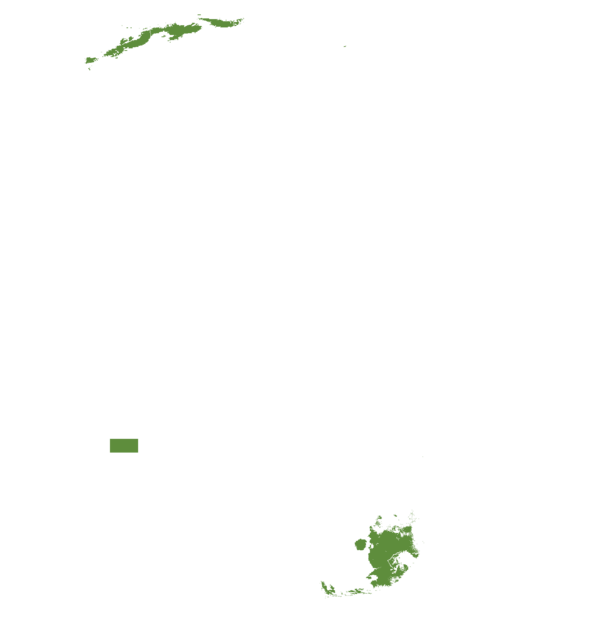
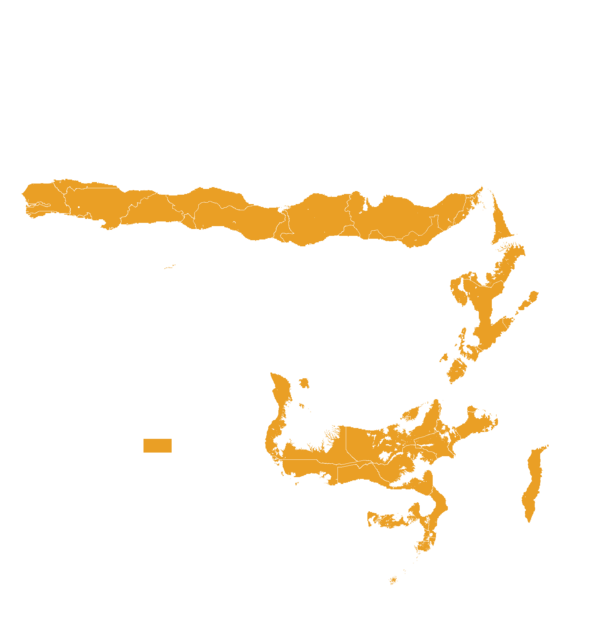
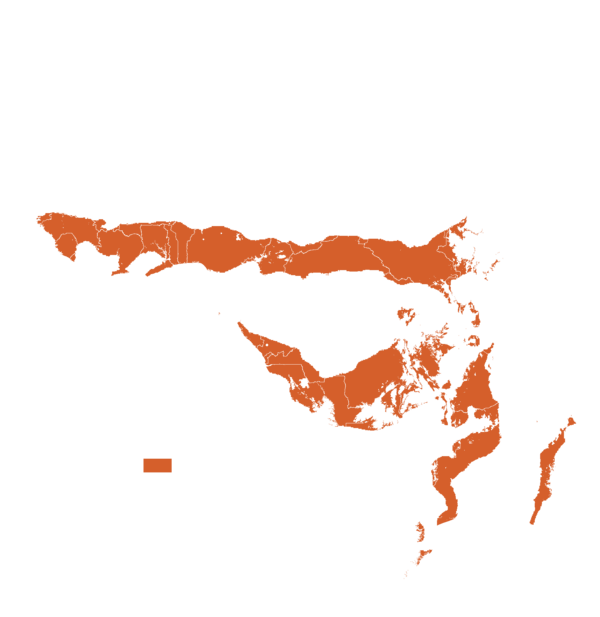

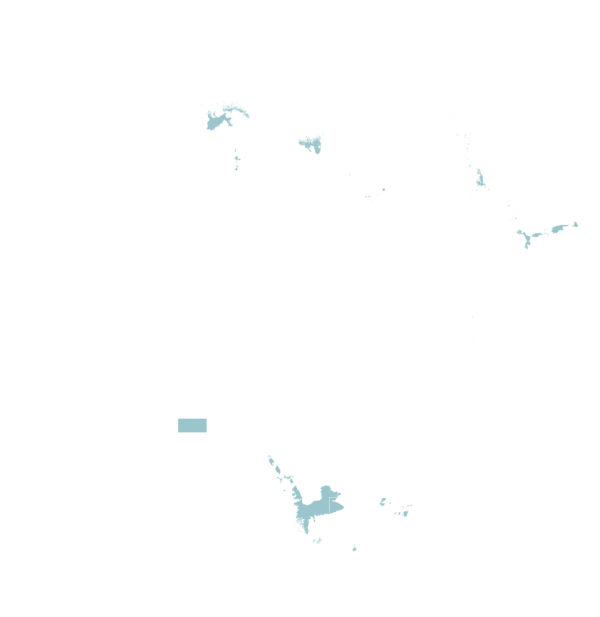

| AEZ | Subtropic - warm | Subtropic - cool | Tropic - warm | Tropic - cool |
|---|---|---|---|---|
| Arid | ||||
| Semiarid | ||||
| Subhumid | – | – | ||
| Humid | – | – |
Source: HarvestChoice/IFPRI 2009
The United Nations Sustainable Development Goals that are applicable to this technology.

By preventing crop losses due to aflatoxin contamination, Aflasafe boosts the productivity of smallholder farmers, supporting food availability and access in rural areas.
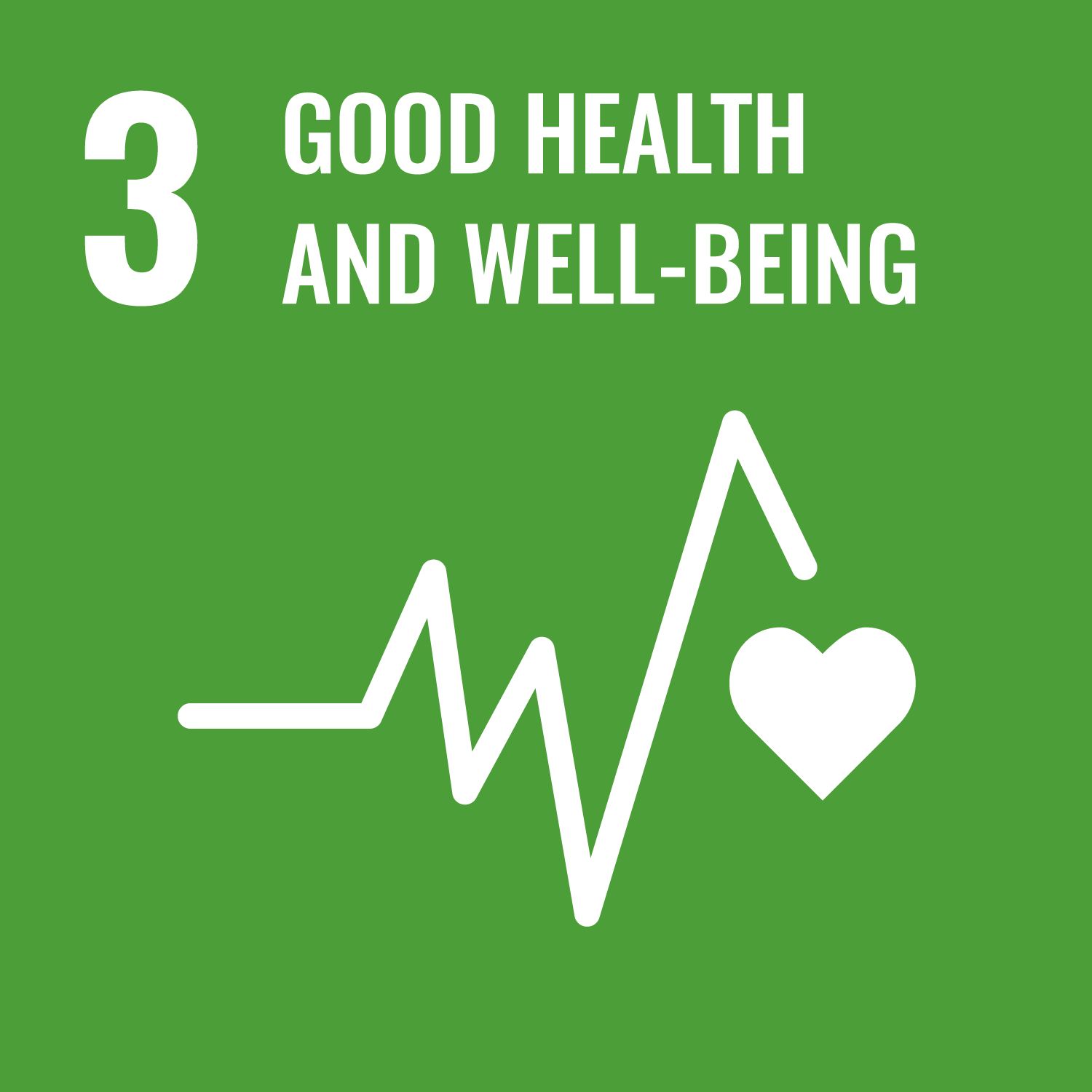
Through the reduction of aflatoxin levels, Aflasafe lowers the incidence of foodborne diseases, improving the health and well-being of communities
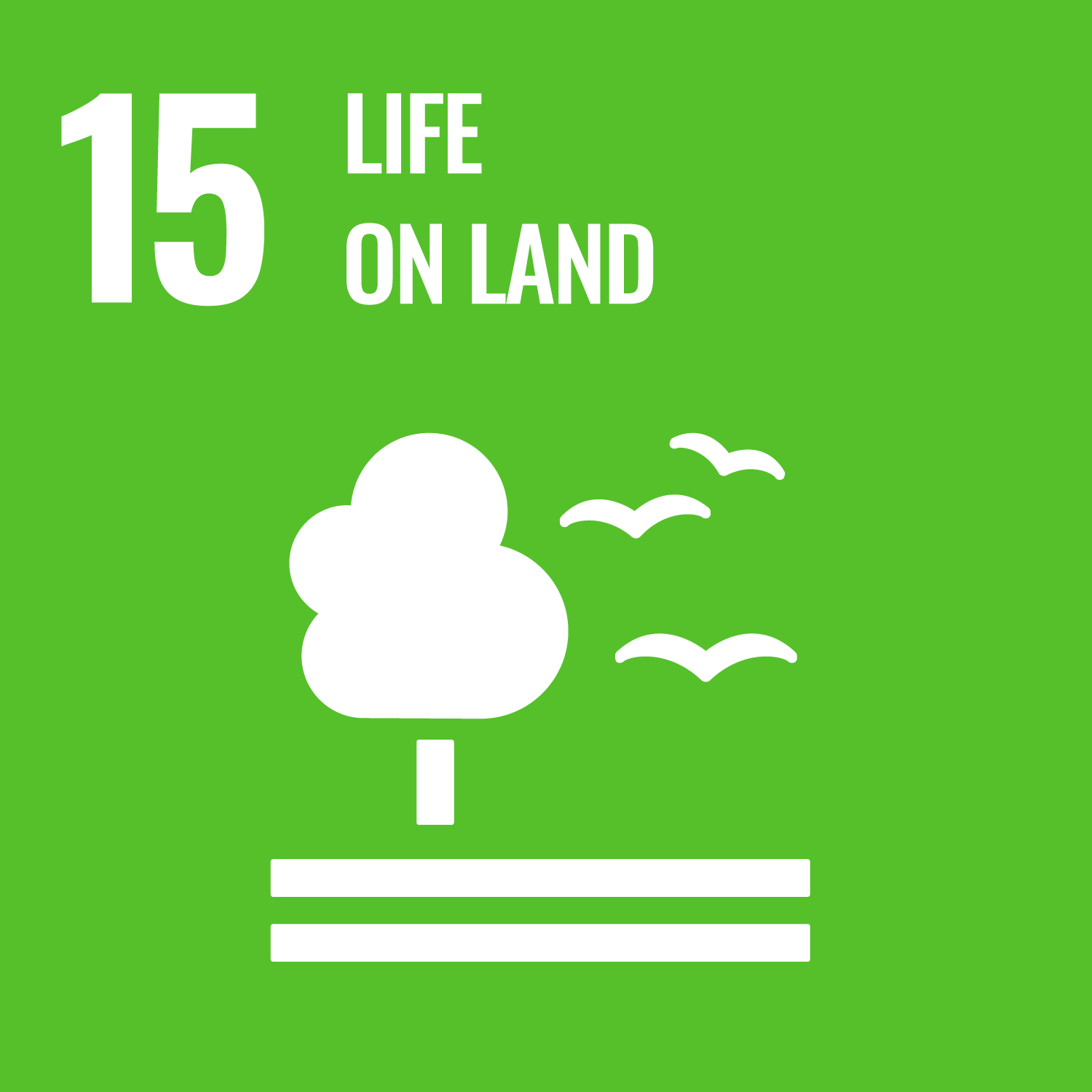
By reducing the need for chemical pesticides, Aflasafe helps protect soil and water ecosystems, reducing pollution and promoting healthier agricultural landscapes.
Last updated on 31 October 2025